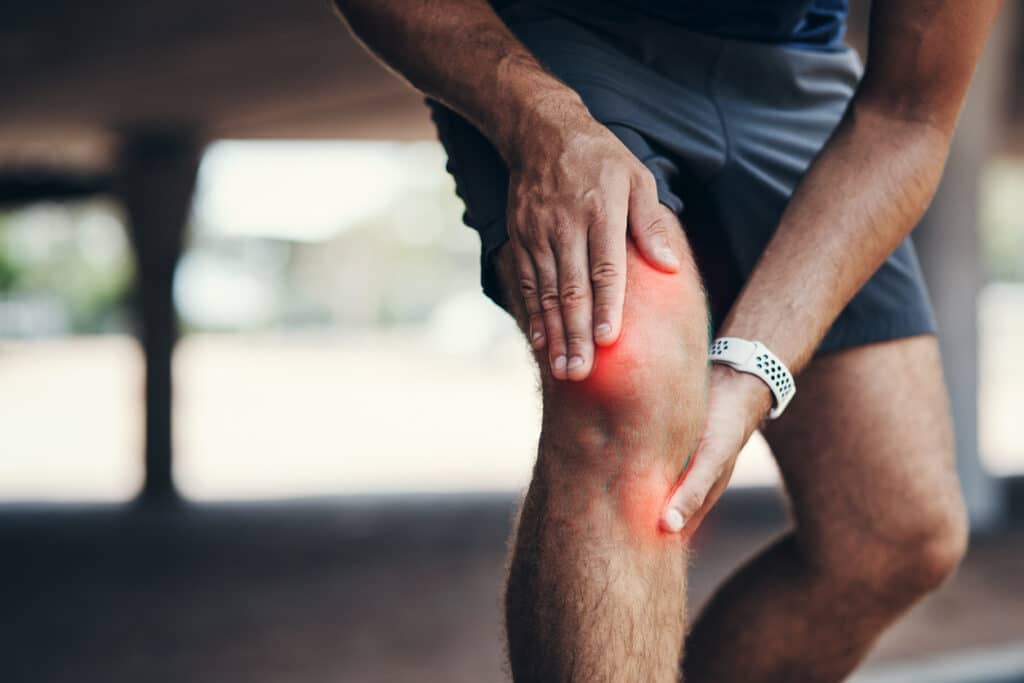
The anterior cruciate ligament (ACL) is a vital component of your knee joint. It is a band of tissue that crosses over from your thigh bone to your shin bone. An ACL tear can happen due to sudden movements, twists or pivots that stretch or tear the ligament. When it happens it can be both painful and frustrating. If you have suffered an ACL tear you need to take action immediately. The good news is that there are several ways to fix an ACL tear without surgery. In this comprehensive guide, we’ll explore the top ways to fix an ACL tear including physiotherapy, chiropractic care and more.
Physiotherapy
Physiotherapy is an excellent non-surgical treatment option that can help you recover from an ACL tear. Your physiotherapist will develop an individualized rehabilitation program to help you recover from the injury. The program may include exercises to strengthen your leg muscles and improve your knee joint’s range of motion. During the rehabilitation you may need to use a brace to support your knee. You may also use crutches to help you keep weight off the injured leg. Physiotherapy may take three to six months or longer depending on the severity of the tear.
Chiropractic Care
Chiropractic care is another non-surgical treatment option that can help you recover from an ACL tear. Your chiropractor will assess your injury to determine the best course of treatment. Depending on the severity of the tear they may use ultrasound treatment, electrical stimulation or soft tissue massage to help you heal. Your chiropractor may also recommend exercises to help you recover from the injury. You may need to wear a brace to support your knee and avoid certain activities that may aggravate the injury. Chiropractic care may take several weeks to several months, depending on the severity of the tear.
RICE Method
Rest, ice, compression, and elevation (RICE) may also help you recover from an ACL tear. Resting your leg may help reduce the swelling and pain. Applying ice to the injury may help reduce swelling and pain. Compression may help control the swelling and provide support. Elevating your leg may help reduce the swelling. You may need to use crutches to keep weight off the injured leg. You may also use a brace to support your knee. If the injury is severe, you may need to use a cast. The duration of the treatment may depend on the severity of the injury.
Surgery
Surgery may be necessary in severe cases of ACL tear. During this surgery, a surgeon will replace the torn ACL with a graft of tissue from either your own body or a donor. Afterward, you may need to wear a brace and use crutches to keep weight off the injured leg. The recovery after surgery may take up to six months or more. During this time, you will need to follow a rehabilitation program that includes exercises to strengthen your leg muscles and improve your joint range of motion.
An ACL tear can be a traumatic injury that can affect your daily activities and quality of life. Fortunately, there are several ways to fix an ACL tear without surgery. Physiotherapy, chiropractic care, RICE method, and surgery are some of the top options available. If you suffer from an ACL tear, it is essential to seek medical attention immediately. Your doctor will assess your injury and recommend the best course of treatment. With proper treatment and rehabilitation, you can recover from an ACL tear and get back to your daily activities.
If you have any questions or would like to explore further, please book a free, no-charge online appointment with either myself, Nitin Nair, BPT, R/TRO DIP, PT, or another Kitchener physiotherapist at CARESPACE. We are happy to listen and are here to help!

